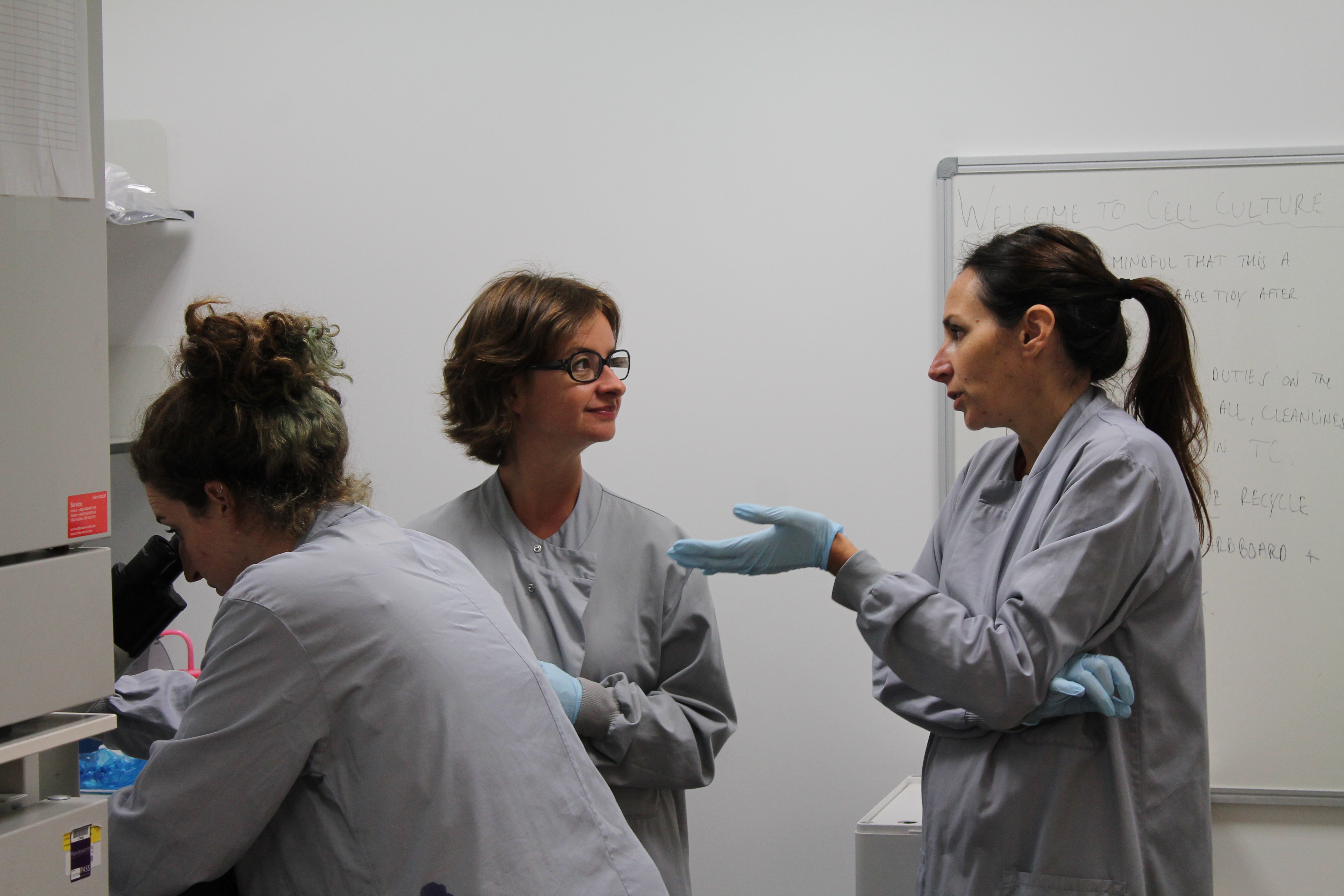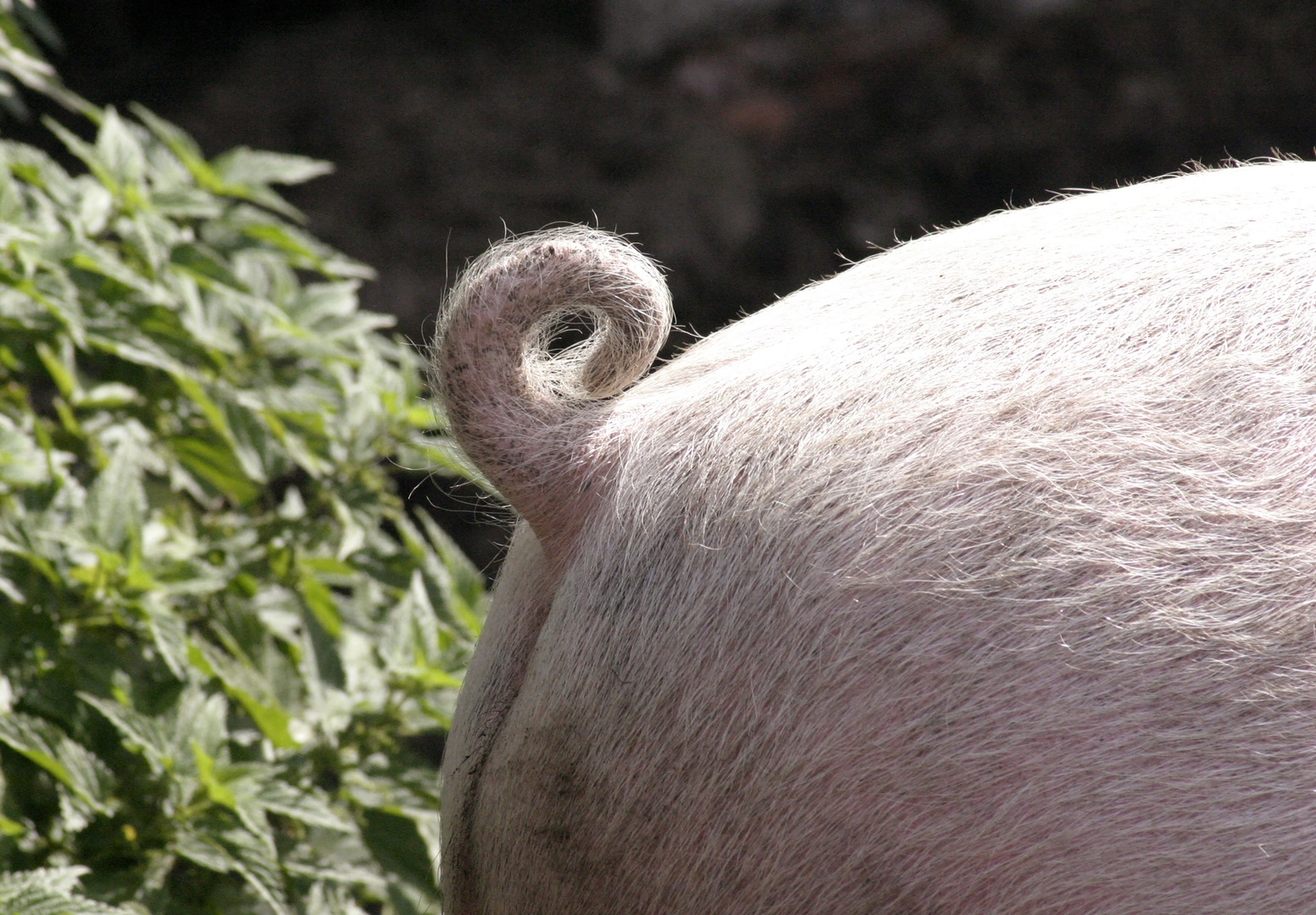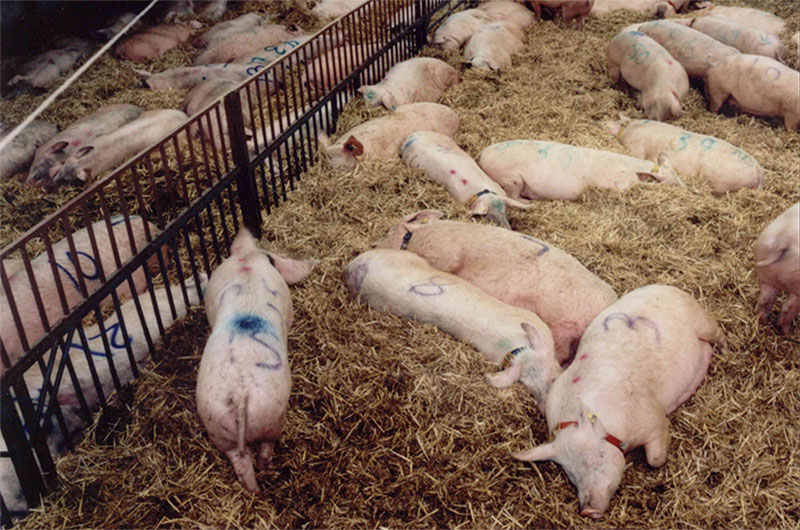







Dr Jon Day strengthens Chronos Sustainability’s leadership team
Chronos Sustainability, the specialist sustainability advisory firm, is bolstering its senior leadership team with the appointment of Dr. Jon Day as Chief Operating Officer.
Read more “Dr Jon Day strengthens Chronos Sustainability’s leadership team”

Cerebrus Associates adds its support to the 3Ts alliance
The 3Ts Alliance, set up by World Animal Protection this year (2019), is a voluntary group of experts and stakeholders from across the swine industry working collaboratively to explore the issues surrounding ending tail docking, teeth reduction and physical/surgical castration. Learn more.
Read more “Cerebrus Associates adds its support to the 3Ts alliance”


Chewing and sustained attention
Chewing is a normal part of eating behaviour. Its function is to break down food into smaller particles and mix them with saliva in preparation for swallowing and digestion. So why do people chew substrates that are apparently dissociated from eating?
